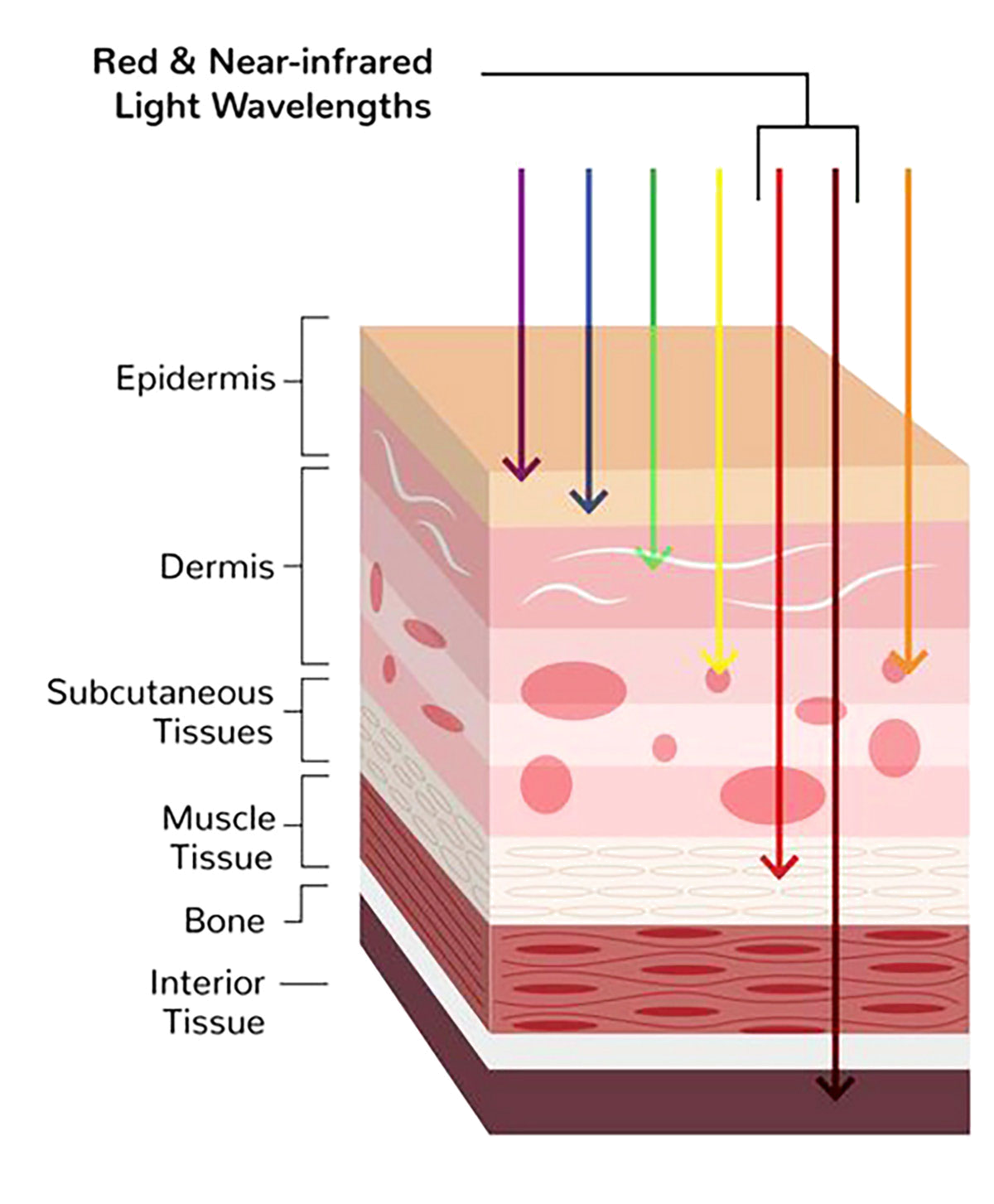Getting My Photobiomodulation To Work
Wiki Article
Photobiomodulation Can Be Fun For Everyone
Table of ContentsPhotobiomodulation Things To Know Before You Get ThisHow Photobiomodulation can Save You Time, Stress, and Money.Photobiomodulation for BeginnersPhotobiomodulation Things To Know Before You Get This
Laser treatment is a medical therapy that uses concentrated light to promote a process called. During PBM, photons enter the cells and engage with the cytochrome c complex within mitochondria. This interaction causes an organic waterfall of occasions that results in a rise in mobile metabolic rate, which can in addition to speed up the healing process.There is agreement that the application of a therapeutic dosage of light to damaged or dysfunctional cells causes a mobile reaction mediated by mitochondrial devices. Photobiomodulation. Research studies have actually revealed that these modifications can impact discomfort and inflammation, as well as, tissue repair work
Adjustments in ATP, responsive oxygen types and nitric oxide comply with light absorption by Cc, O. These effects are redox state and dose reliant. In hypoxic or otherwise worried cells it has been shown sometimes that following, nitric oxide is launched, ATP is raised and oxidative anxiety is decreased [27-31]

The Best Guide To Photobiomodulation
PBM tools have actually been removed for advertising by FDA via the Premarket Notification/510( k) procedure as adjunctive gadgets for the momentary alleviation of pain. These clearances were based upon the presentation of medical information to support such claims (Photobiomodulation). In this therapy, a source of light is positioned near or touching the skin, allowing the light energy (photons) to permeate tissue where it communicates with chromophores situated in cells causing photophysical and photochemical modifications that lead to changes at the molecular, cellular and tissue degrees of the bodySurprisingly, recent study indicates that light can boost efficiency in normal cells and cells. The prospective applications of PBMT are many and are being discovered experimentally at the basic scientific research, pre-clinical and clinical level. The existing scientific usages are for the alleviation of pain and swelling and the treatment of sporting activities injuries.

The therapy criteria and number of sessions needed for PBMT depend on location and cause. PBMT usually needs even more than one treatment for optimum pain relief. It may take several therapies for the outcomes to become noticeable. reports that it can take anywhere from 8 to 30 sessions for a therapy to be totally effective, and some patients find it her response essential to undertake treatment two to 4 times each week.
The Facts About Photobiomodulation Uncovered
Treatment specifications for PBMT were initially established making use of cells in vitro and in little pet versions. These treatment specifications normally had a low irradiance and fluence and worked well for cutaneous applications. When medical professionals started to utilize PBMT to deal with frameworks that were located much deeper in the body, they made use of these criteria with unfavorable results.
We now comprehend that these unfavorable studies was because of wrong tool and therapy specifications for transcutaneous treatment of deeper structures. Current advancements in laser therapy tools and more research into the proper dosages have actually dramatically here enhanced the outcomes of PBMT. For dealing with deep cells, the wavelength of light made use of determines the deepness of infiltration into a cells.
It is essential that a medical professional makes use of the proper wavelength of light and specifications to deal with a problem. One wavelength and one collection of therapy parameters will certainly not work for all conditions. Unfavorable adverse effects have not been reported from making use of PBMT (Photobiomodulation). Updated June 27, 2016Juanita j
Light therapy is a non-invasive therapy that works by raising the capacity of the cell to develop energy (ATP) to recover the area being dealt with. Consequently, it can reduce swelling, swelling, and pain in the location. Research in this field is increasing, with even more extensive research documents linked below for those that would certainly such as to find out much more.
Some Known Factual Statements About Photobiomodulation
In the first experiment, Dr. Endre Mester, used shaved rats and observing how the laser affected their capacity to expand hair compared to the team that was not receiving LLLT. He found that the team of computer mice getting LLLT had the ability to grow their hair back quicker than the group of mice that didn't get LLLT (Hoon C, et al; 2012).This treatment is labelled this means to differentiate the distinction in between the lasers some careers utilize to reduce (eg. Low-level light therapy is pain-free, non-invasive therapy.
LLLT has a biphasic action, suggesting that reduced dosages are usually seen to be much more valuable than higher dosages. That being stated, dosages greater or less than the optimum dosage does not influence (Hoon C, et al; 2012). Therefore, it can be difficult to have researches on LLLT with a lot of criteria.
Some business integrated the two (LED and laser) to provide a much more well-rounded treatment because lasers can pass through much deeper than LED and infrared light (Norman Doidge, The Brain's Method of Healing, 2015). Throughout therapy, the location that is being treated is revealed to LED light from a Bio, Flex Laser, which is at 660 nm wavelength, adhered to by infrared click to read light at 830-840 nm wavelength.
Report this wiki page